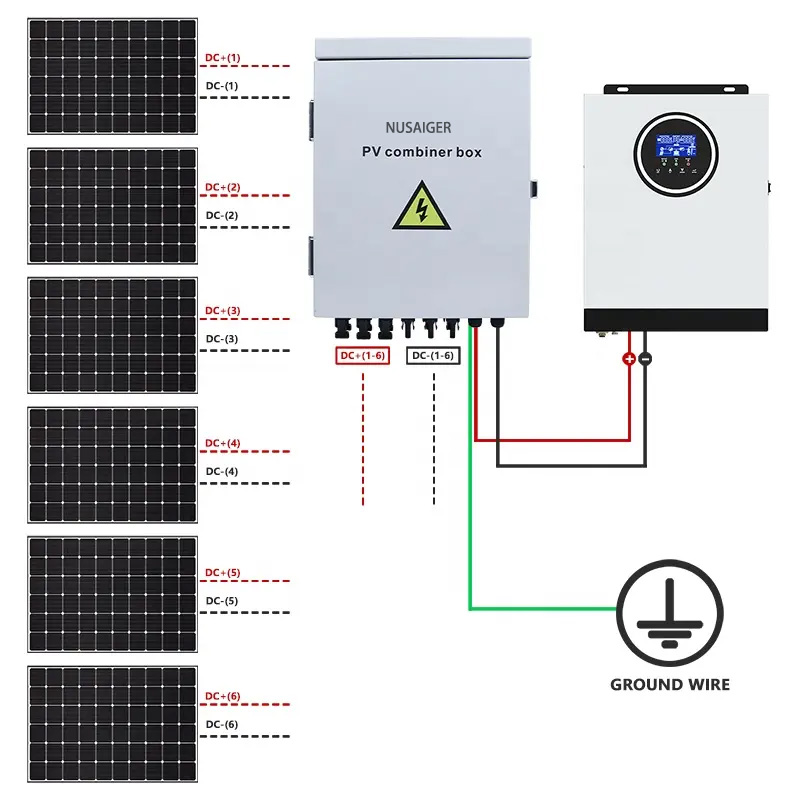Designing a Reliable PV Combiner Box: What Engineers Should Consider
A well-designed PV combiner box can significantly impact the overall efficiency and safety of a solar installation. It’s not just about combining strings; it’s about ensuring long-term reliability, code compliance, and ease of maintenance.
Key Components of a Reliable Design
1. Input String Configuration
Match the number of string inputs to system layout. Avoid over- or under-designing.
2. Fuse and Breaker Selection
Choose fuses based on maximum current. Underrated fuses can overheat; oversized fuses may not protect the system.
3. Surge Protective Devices (SPDs)
Select SPDs depending on regional lightning risks and compliance standards.
4. Enclosure Material
Use weatherproof, UV-stabilized, IP65+ rated enclosures like stainless steel or aluminum.
5. Internal Layout
Ensure efficient busbar spacing, heat dissipation, and clear terminal access.
Relevant Standards
- IEC 61439-1/2
- UL 1741
- NEC Article 690
Conclusion
Designing a PV combiner box requires careful electrical, thermal, and mechanical planning. A robust design ensures decades of safe and efficient solar operation.



